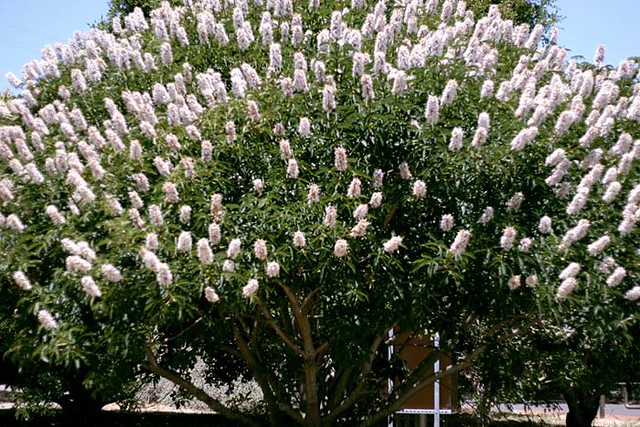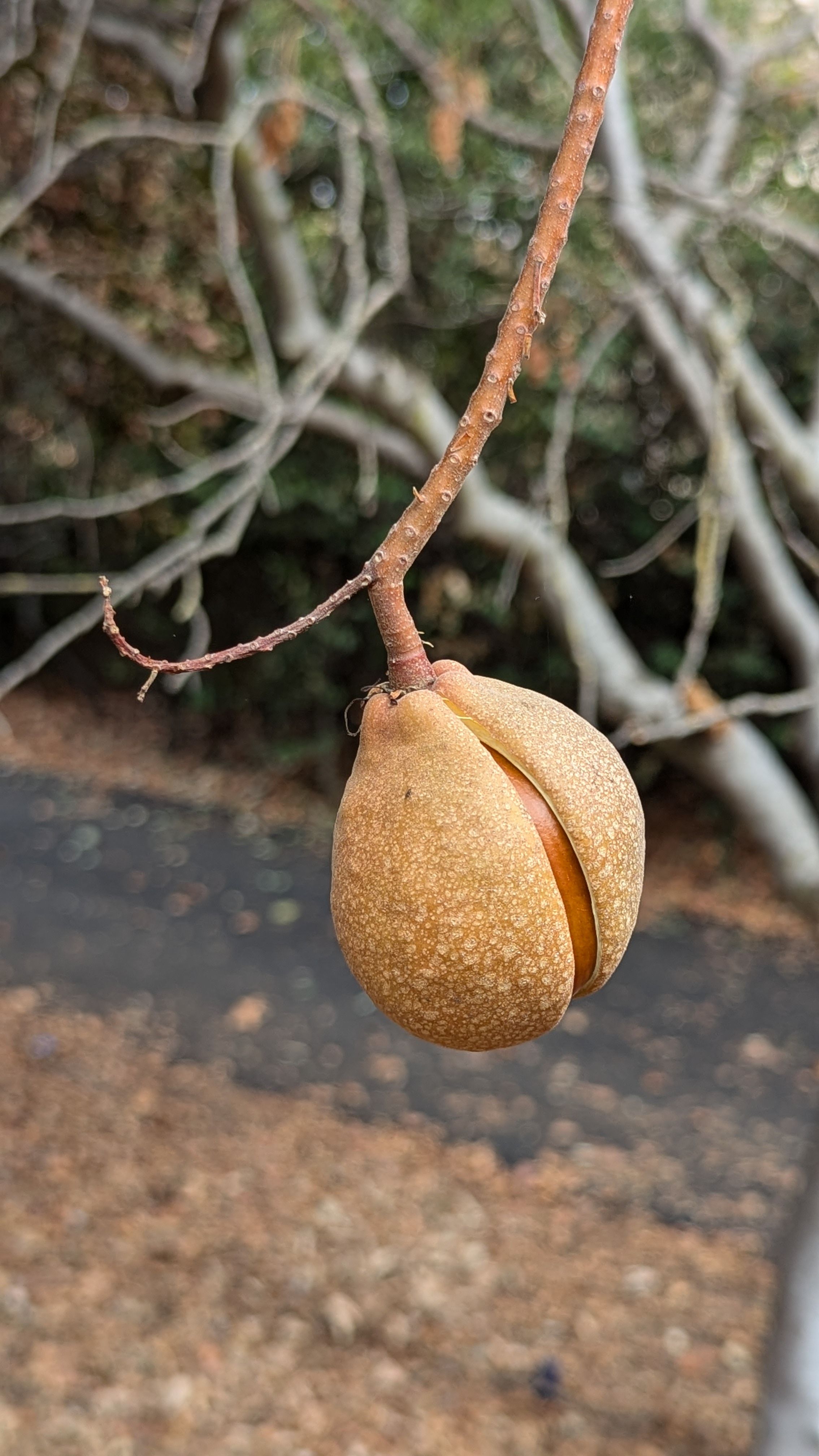Tagged "native plants"
You should plant a California Buckeye in your California garden
It can be difficult to get started with native plants. There are so many questions. What plants are native? Where can I get native plants? How do I care for native plants? Why is it important to plant them?
The answers to all these questions are complex, but starting with native plants doesn't have to be. In fact, there are some native plants that you can start for free, and require little to no care to propagate.
In this post, I'm going to tell you why you should plant California Buckeye, and how to do so for absolutely no cost.
Why to plant California Buckeye
California Buckeye is a fantastic tree or large bush for California gardens because it is compact, well suited to most of the state, and great for native pollinators.
1. California Buckeyes are beautiful

In spring the California Buckeye grows beautiful tall white flowers that look a bit like candles. They tend to attract lots of butterflies, so they put on a great show.
2. California Buckeyes are perfectly sized for small yards
California Buckeye is not a large tree. Most California Buckeye I've seen are between 8 and 12 feet tall, and about as wide. When you see them in a thriving native forest, they may grow up to 40 feet tall, but that is exceptionally rare.
3. California Buckeyes require virtually no care
Are you tired of irrigating your trees? California Buckeyes are native to California, so they are perfectly adapted to the climate here. They only need water at the times of year when we get it. They start dropping their leaves in the summer in order to ensure that they don't waste water.
4. California Buckeyes are easy to grow from seed
California Buckeye grows readily from seed. Just collect the enormous pods in the fall or winter, place them in a pot, and when they're taller than a foot, transplant them into your yard. They don't require any special attention if you just leave the container outside to get the normal amount of water we get in the winter.
5. California Buckeye is a great replacement for small non-native trees
California Buckeye is a perfect replacement for non-native Crepe Myrtles and Japanese Maples.
I know you have seen streets lined with Crepe Myrtles. Yeah, they look beautiful occasionally, but do you ever see them swarmed with pollinators? No, because Crepe Myrtles aren't native to California. While they are well suited to the climate here, they are just pretty trees that do nothing for the local wildlife. California Buckeyes will grow to about the same size as Crepe Myrtles, they put on very similarly shaped flowers, and they will support local pollinators.
The same thing goes for Japanese Maples, except Japanese Maples aren't even well suited to the climate in California. Japanese Maples are understory trees that need a fair bit of water, and prefer to grow in the shade of other trees. They only thrive in California if they are given artificial irrigation from water that is wasted on non-native trees in spots where native trees would require none. California Buckeyes will grow to roughly the same size as Japanese Maples, and they will require no supplemental irrigation.
How to plant California Buckeye
Possibly the best thing about California Buckeyes is how easy they are to grow.
- Collect the seed from a tree in fall or winter.
- Put it in the ground where you want a tree (in fall, winter, or early spring).
- Wait.
I've grown several California Buckeyes from seed, so I know it's possible to be successful just by dropping the enormous seed in the ground, but you can also start them in large-ish containers then transplant them into the ground in a year.
Here are a few other things I do when propagating California Buckeyes.
1. Collect the seed directly from the trees right before they drop
California Buckeyes have absolutely massive seeds. They are just a little bit smaller than baseballs. So they are easy to collect. I don't think I've ever had one that failed to come up, but I always plant a few extra to ensure I get what I want. If you want one tree, then collect three seeds.
Here's what the pods look like when they are ready for collection.

I should say that you should get permission from your local trail or park before you gather seeds, but I don't know any wildlife that depend on the seeds (squirrels eat them, but they are toxic to most other wildlife), and I've never seen a tree that doesn't produce a mountain of seed. You only need one, and you are going to make more native plants.
2. Drop them in containers when you pull out your tomatoes
Are your tomatoes done for the year? It's time to pull them out. But what do you do with the soil? Tomatoes are such heavy feeders that it's difficult to reuse the soil.
But that's the perfect time of year to gather California Buckeye seeds and put them in the ground. Because they don't mind growing in poor soil, they will readily sprout in containers where tomatoes have been grown.
3. Don't worry about water
Unless you're in the desert, then the seed won't need any more water than nature provides. Just leave the container outside and forget about it. When the tree is transplanted into its final location (in the following fall probably) then you should make sure to water it regularly for the first few weeks until the rainy season begins in earnest.
Start today
So what are you waiting for? The seeds are falling from the trees in fall and winter. Go ahead and pull out your irrigation system, pull out that non-native tree, and drop in the seed for a California Buckeye. With very little work, you will reap the rewards of one of many beautiful trees that come from California.
